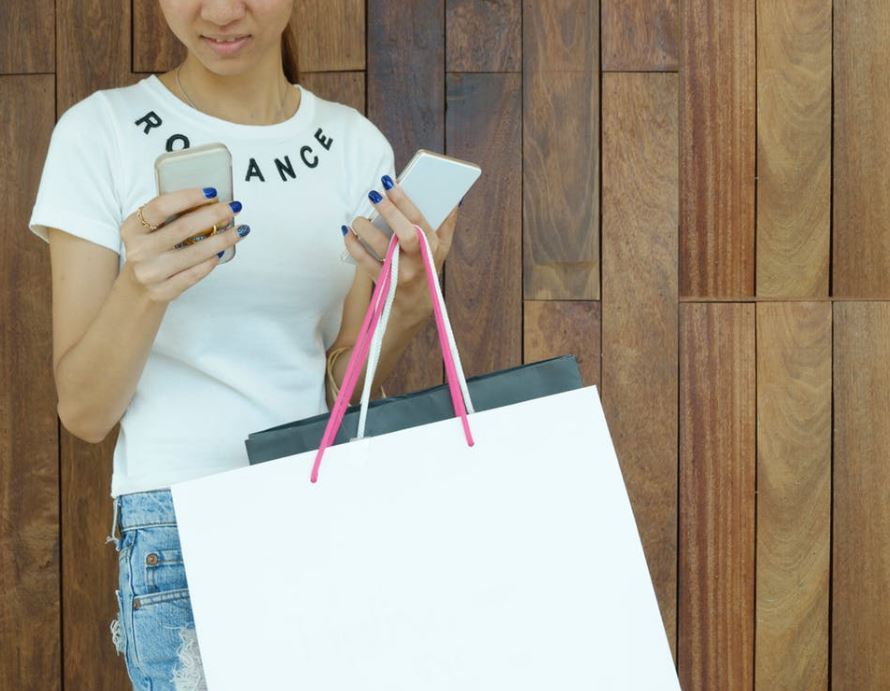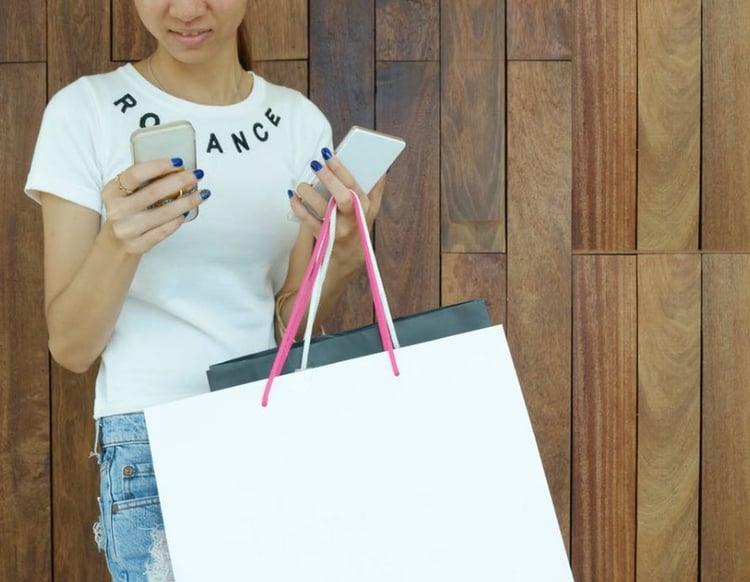
In-store ordering – is this the next step for retail & shopper insights?
There’s no denying that the advance of technology is transforming everything, from everyday life to healthcare – but one industry it is impacting specifically is the retail industry. Thanks to improvements in technology, businesses are constantly looking for ways to improve their customer experience, with a recent study showing that in the retail industry, 75% of businesses are looking to technology to transform their consumer’s in-store and out of store experience.
One example of this is in-store ordering, which has been developed to improve in-store sales, efficiencies and the overall customer experience.
It’s already been adopted by fashion powerhouse the Arcadia Group – so it will only be a matter of time before others follow suit.
Read on to find out more about in-store ordering and how it is set to transform the retail experience, shopper insights and qualitative market research…
What is in-store ordering?
In a nutshell, in-store ordering connects the offering of a brand’s website with their stores. Customer loyalty is often pinpointed to how a brand interacts with its customers at every available opportunity, and in-store ordering essentially allows businesses to keep the customer experience positive both online and on the shop floor.
Consumers enjoy the physical experience of shopping, with a whopping 76% saying they prefer to shop this way – and in-store ordering allows brands to provide a more immersive, personalised and enriched shopping experience by bringing all the benefits and ease of online shopping straight to the shop floor.

How does in-store ordering work?
To put it simply, in-store ordering allows brands to provide their customers with the most dedicated, streamlined and personalised shopping experience yet. If a customer is near the store, they will be emailed something to entice them inside such as an offer or email voucher. One inside the store, specific in-store functions – such as a virtual loyalty card – will be activated to identify the customer in-store so that their ultimate shopping experience can begin.
This includes sending the best possible colleague to assist them by matching the employee’s location, product knowledge and area of experience with the customer’s profile and needs. Once assigned to the customer, the employee will use a personalised customer dashboard to bring up information on the customer such as wish list items and recently purchased products in order to deliver a streamlined user experience.
The employee will also have instant access to in-depth product information such as descriptions, ratings, reviews and stock levels so that they can provide the best possible customer service.
Once the customer makes a purchase they can do so using a mobile chip and pin in their phone to simplify the check-out process, and the store will get an instant notification of payment so they can de-tag, bag and create a receipt of the purchase. Already active in 1,400 Arcadia shops across the country including Topshop, Topman, Miss Selfridge, Burton, Dorothy Perkins and Wallis, the feedback so far from both customers and colleagues has been very positive.
What does in-store ordering mean for market research?
As well as transforming the shopping experience for customers, in-store ordering is also great news for market researchers as it provides additional ways to gain in-depth shopper insights. As well as having more information about customers’ buying habits available instantly, researchers will also be able to understand customers’ in-store movements; for example, if they are lingering in a specific area of the shop, they will be able to track it and find out why.
As technology continues to advance and transform market research, in-store shopping will become more prevalent and also open the door for new qualitative market research methods such as shopalongs, enabling researchers to dive deeper into customers’ buying behaviour than ever before.
To find out more about how technology is transforming the market research world, check out our latest blogs on technology and market research.














